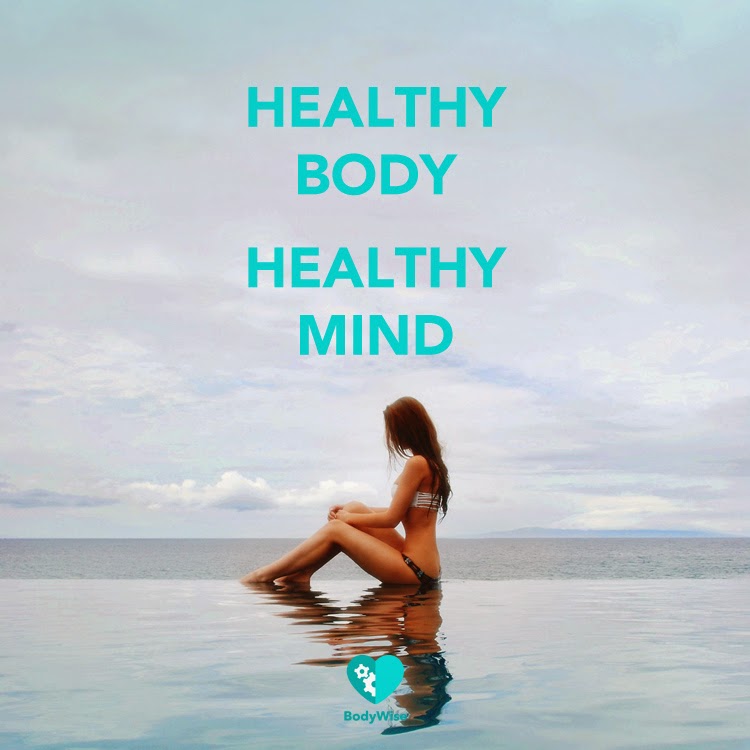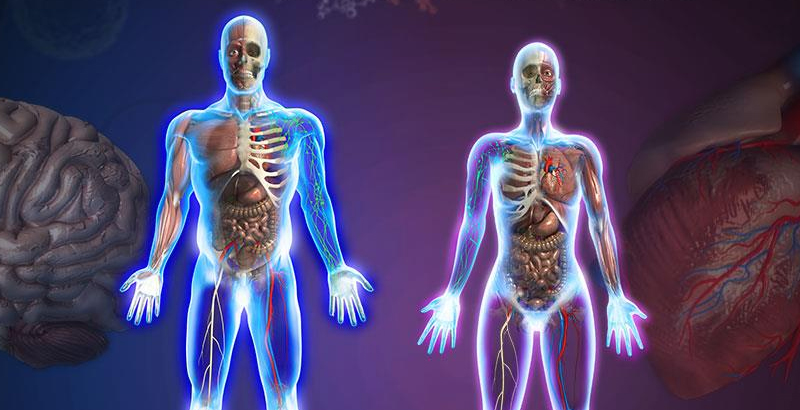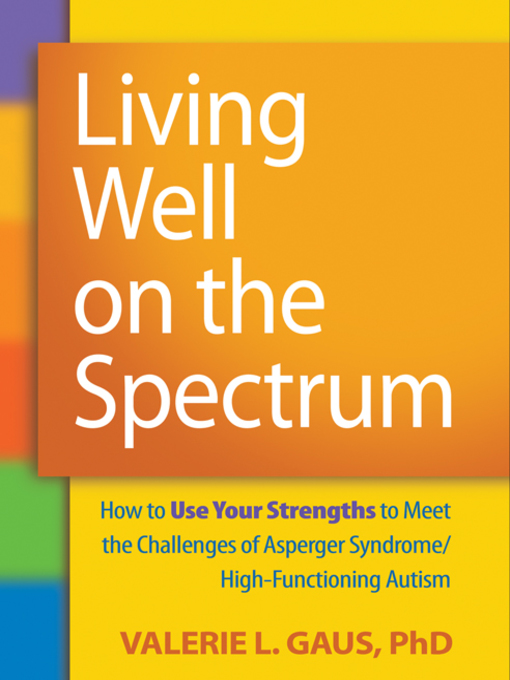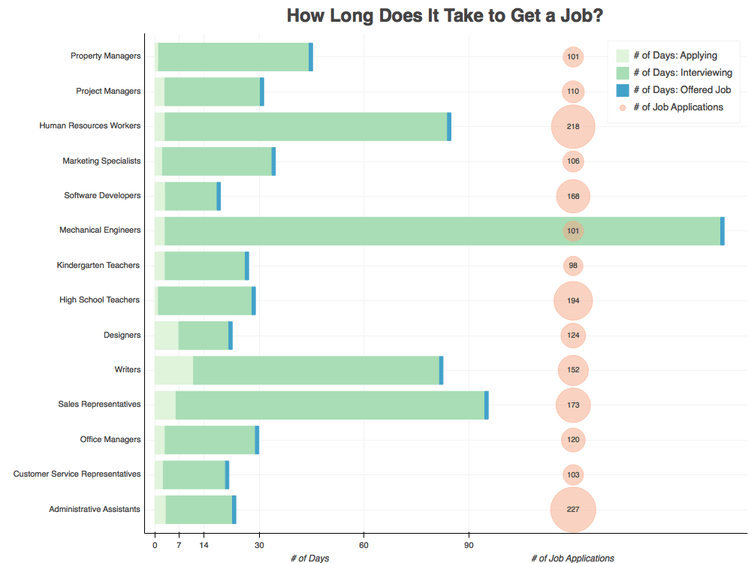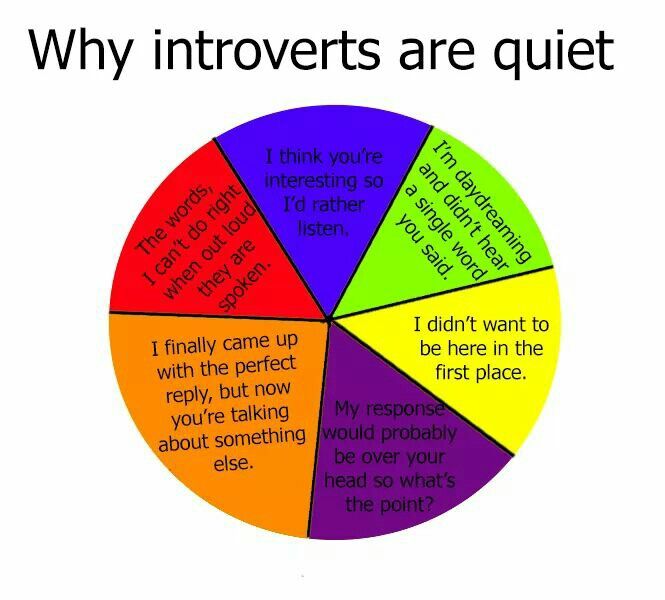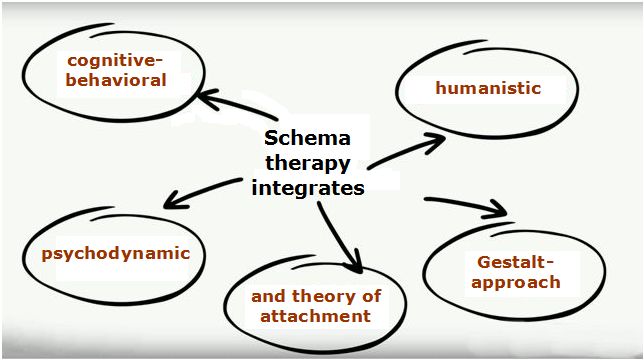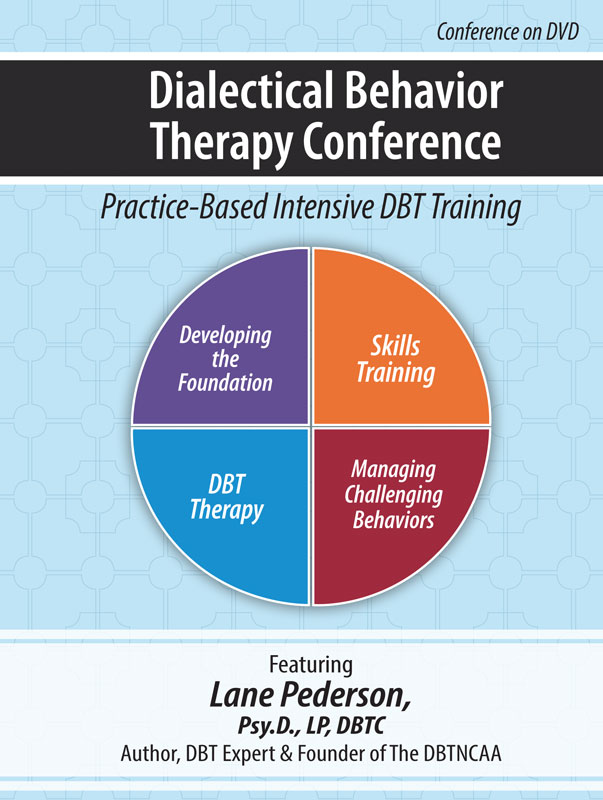How to relax your body at night
The Best Ways to Relieve Stress So You Can Sleep Soundly
While stress is the body’s natural response to protecting itself, chronic stress or anxiety can have many long-term effects, including poor sleep or even sleepless nights.
Stress invokes the “fight or flight” feeling. This elevates the heart rate, quickens breathing, and increases stress hormones in the body. Anxiety is stress that continues after the stressor is gone, and it produces similar physiological effects.
During times of unwanted stress and anxiety, relaxation techniques can produce the body’s natural relaxation response. This includes a slower heart rate and breathing pattern, a lower blood pressure, and an overall feeling of calm.
Best Tips for Relieving Nighttime Stress
There are numerous strategies for relieving nighttime stress and anxiety before bedtime. If you’re feeling too stressed to sleep, these approaches can help you relax. Some sleepers use only one or two of these relaxation strategies while others practice a combination of them. If stress and sleep are a chronic concern, your physician can help you determine what the best approach is for you.
Meditation
Meditation is a mind and body practice with a specific focus of attention and attitude that lets thoughts come and go without judgment. Meditation is a known strategy for treating insomnia. There are several types of meditation.
- Mindfulness meditation is the process of observing feelings, thoughts, and emotions as they pass without judgment. A big part of this is being able to be completely present in the moment, not allowing your focus to wander to other thoughts. If you are just beginning with meditation, this may seem difficult but it will get easier with practice. It has been shown to reduce sleep disturbances in adults.
- Body scan meditation is a technique of slowly concentrating on parts of the body and noticing any sensations or pains. To practice this technique, you should focus on a specific part of your body, one at a time.
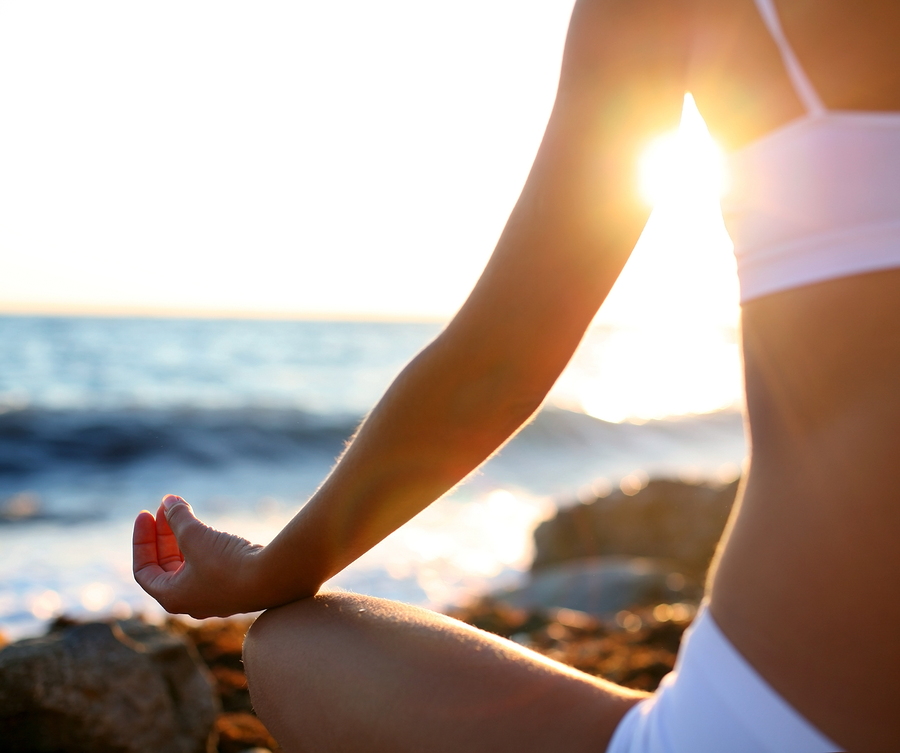 This can either be a systematic scanning, from head to toe, or a more random scanning of the body parts making a connection with the floor. Let your attention be focused completely on your body.
This can either be a systematic scanning, from head to toe, or a more random scanning of the body parts making a connection with the floor. Let your attention be focused completely on your body. - Guided meditation is when one is verbally guided through a meditative experience and encouraged to visualize a calming location. These guided meditations can include music and nature sounds to assist with relaxing. You can find guided meditations on many popular apps, including Headspace and Calm.
Meditation can be done any time before bed, and it can also be done during the night if you find yourself unable to relax.
Deep Breathing
Deep breathing can be another component of meditation as well as a relaxation technique you can use any time. The goal is to take slow, even, and deep breaths.
Though there are many structured practices for deep breathing, including the 4-7-8 method and lion’s breath, you can begin very simply. Start by placing your hand on your stomach and inhaling slowly. When you feel your stomach rise, hold your breath for a moment, then exhale slowly. Different practices may incorporate counting breaths and adjusting the time breath is held before exhaling.
When you feel your stomach rise, hold your breath for a moment, then exhale slowly. Different practices may incorporate counting breaths and adjusting the time breath is held before exhaling.
Meditative Movement
Meditative movement incorporates the attentiveness of meditation with gentle physical movement and focused breathing. Yoga, tai chi, and qigong are all types of meditative movement. They require no specialized equipment and therefore can be done in any location, making them accessible to the average person.
Research has demonstrated many physical and mental health benefits of yoga. In addition to promoting healthy activity habits, yoga can be beneficial in managing sleep problems. Yoga can help improve stress management; it has also been shown to improve mental well-being and lessen certain physical pains.
Less research has been conducted about the other movement forms. However, preliminary research has shown that both tai chi and qigong can assist with improving emotional well-being. This includes the management of anxiety and depressive symptoms. Along with the improvement of handling anxiety, it is likely practitioners of these forms can also find improved sleep.
This includes the management of anxiety and depressive symptoms. Along with the improvement of handling anxiety, it is likely practitioners of these forms can also find improved sleep.
These meditative movements can certainly be done as part of your nighttime routine or during the daytime. While the movements themselves may not be ideal during the night, the mindfulness and breathing techniques used in these practices could be used during periods of nighttime stress or anxiety.
Progressive Relaxation
Progressive relaxation is similar to body scan meditation because it requires concentration on certain parts of the body. You contract and release your muscles up and down your body in sequence, beginning with your toes, feet, calves, and so on. This allows you to relieve the physical tensions and stresses you may be experiencing.
Biofeedback
Biofeedback is the use of an electronic device to help patients learn to control functions of the body. These devices provide information about functions such as blood pressure, heart rate, and muscle activity. Users need the assistance of a therapist or biofeedback training to understand how to interpret the readings. They will also learn what affects changes in the body’s functions. For people with stress, anxiety, or even insomnia, biofeedback can be a useful tool for identifying functions of concern and regulating them.
Users need the assistance of a therapist or biofeedback training to understand how to interpret the readings. They will also learn what affects changes in the body’s functions. For people with stress, anxiety, or even insomnia, biofeedback can be a useful tool for identifying functions of concern and regulating them.
It is important to remember that relaxation techniques are not a replacement for healthcare if there is a medical concern.
Stress Relief During Your Nighttime Routine
While the above relaxation techniques can be incorporated into your nighttime routine, you can also take some other practices into consideration.
- Make a good sleep environment. Consider evaluating your sleep environment for possible stressors. A good sleep environment is dark with little noise.
- Limit alcohol and caffeine. Both can affect one’s ability to have undisturbed sleep. Excessive alcohol can also affect how the body handles stress.

- Take a warm shower or bath. Not only can this help you relax and de-stress, but it will also lower your body temperature which can help you fall asleep faster.
- Avoid blue light exposure before bedtime. The light from electronics including phones, computers, and TVs can interfere with your circadian rhythm. Experts recommend you set these aside in the hours before you want to go to sleep. Plus, this can help limit doomscrolling habits, which are known to contribute to anxiety.
- Practice good sleep hygiene.
- Journal. Writing down your thoughts and worries can help you to get them out in the open so you can address them. Keep a journal by your bed so you can write down any anxiety that may come up in the moments before bed. Writing down a to-do list for the following day can also help you get to bed sooner.
- Schedule worry time. A scheduled time to focus on worrying is a technique used in cognitive-behavioral therapy (CBT).
 To do this, set aside a specific time of the day to worry about everything you have going on. The goal of this is to address the causes of that worry before it can get out of control.
To do this, set aside a specific time of the day to worry about everything you have going on. The goal of this is to address the causes of that worry before it can get out of control.
Good Daytime Habits for Relieving Nighttime Stress
In addition to relaxation techniques, there are steps you can take during the day to relieve stress at night. A common aid is to exercise during the day. In addition to other health benefits, daytime exercise has been linked to better sleep in patients with generalized anxiety disorders. Exercise can also assist with issues such as insomnia. Another strategy for sleep hygiene overall is to wake up at a regular time. Even on the weekends, research shows that consistent wake times are an important component of sleep hygiene.
Keep in mind there is no exact schedule for how quickly you’ll be able to feel less stressed and anxious before going to sleep. However, consistent practice of relaxing techniques can help long-term. If you have questions or concerns about which strategy or strategies are right for you, consult your physician.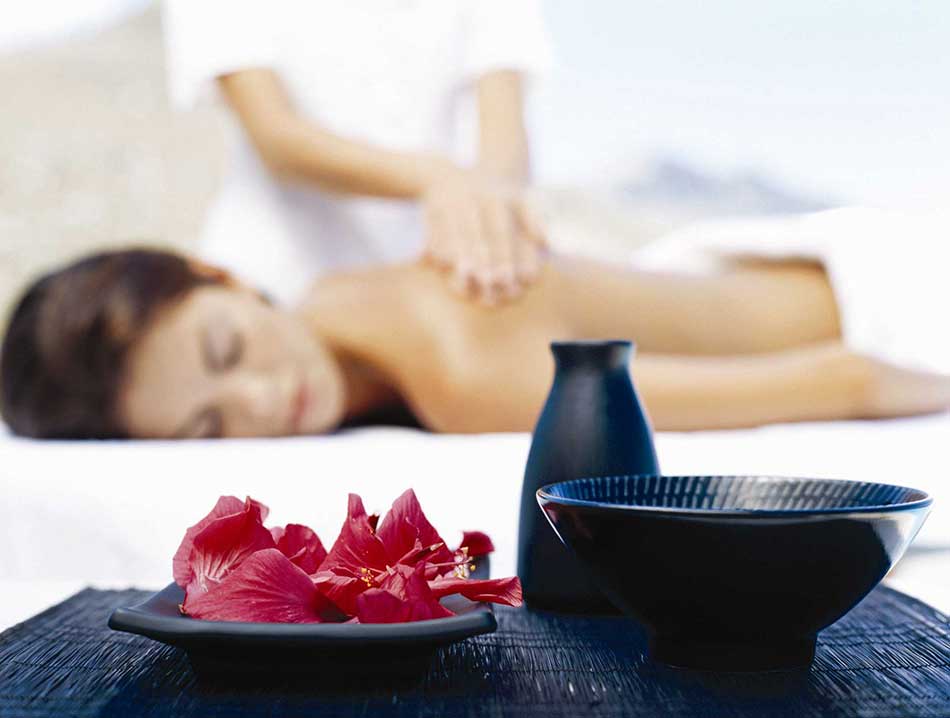
- Was this article helpful?
- YesNo
References
+17 Sources
-
1.
MedlinePlus: National Library of Medicine (US). (2020, May 10). Stress and your health. Retrieved January 2, 2021, from https://medlineplus.gov/ency/article/003211.htm
-
2.
National Center for Complementary and Integrative Health website. 5 things you should know about stress. Retrieved January 2, 2021, from https://www.nccih.nih.gov/health/tips/things-to-know-about-relaxation-techniques-for-stress
-
3.
National Center for Complementary and Integrative Health website. (2016 May). Relaxation techniques for health. Retrieved January 2, 2021, from https://www.nccih.nih.gov/health/relaxation-techniques-for-health
-
4.
National Center for Complementary and Integrative Health website. (2016 April). Meditation: In Depth. Retrieved January 2, 2021, from https://www.
 nccih.nih.gov/health/meditation-in-depth
nccih.nih.gov/health/meditation-in-depth -
5.
Black, D. S., O'Reilly, G. A., Olmstead, R., Breen, E. C., & Irwin, M. R. (2015). Mindfulness meditation and improvement in sleep quality and daytime impairment among older adults with sleep disturbances: a randomized clinical trial. JAMA internal medicine, 175(4), 494–501. https://www.ncbi.nlm.nih.gov/pmc/articles/PMC4407465/
-
6.
MedlinePlus: National Library of Medicine (US). (2018, August 3). Relaxation techniques for stress. Retrieved January 2, 2021, from https://medlineplus.gov/ency/patientinstructions/000874.htm
-
7.
Wang, W. L., Chen, K. H., Pan, Y. C., Yang, S. N., & Chan, Y. Y. (2020). The effect of yoga on sleep quality and insomnia in women with sleep problems: a systematic review and meta-analysis. BMC psychiatry, 20(1), 195. https://doi.org/10.1186/s12888-020-02566-4
-
8.
National Center for Complementary and Integrative Health website.
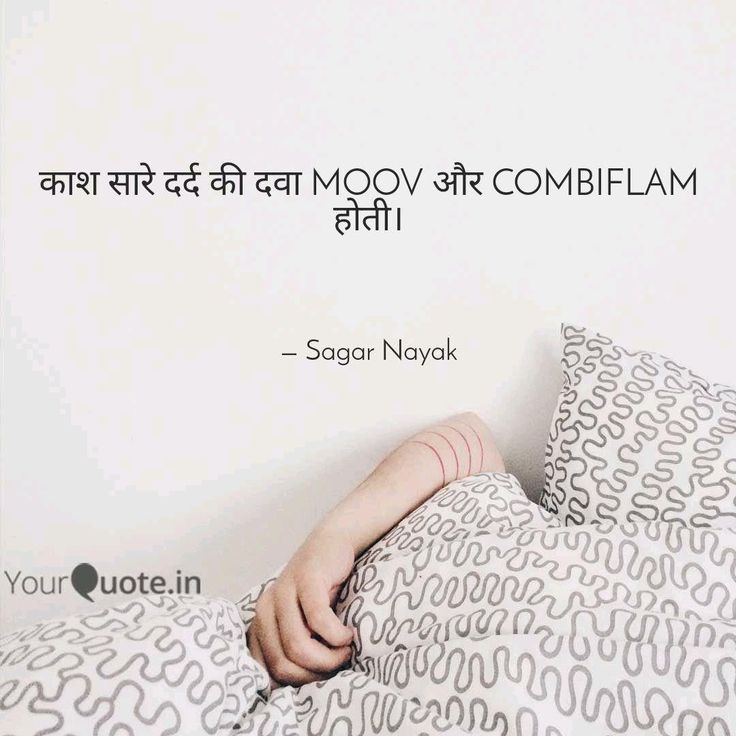 (2019 May). Yoga: What You Need to Know. Retrieved January 2, 2021, from https://www.nccih.nih.gov/health/yoga-what-you-need-to-know
(2019 May). Yoga: What You Need to Know. Retrieved January 2, 2021, from https://www.nccih.nih.gov/health/yoga-what-you-need-to-know -
9.
Yeung, A., Chan, J., Cheung, J. C., & Zou, L. (2018). Qigong and Tai-Chi for Mood Regulation. Focus (American Psychiatric Publishing), 16(1), 40–47. https://doi.org/10.1176/appi.focus.20170042
-
10.
Millstine, D. (2018, September). Merck Manuals Professional Edition: Biofeedback. Retrieved January 2, 2021, from https://www.merckmanuals.com/professional/special-subjects/integrative-complementary-and-alternative-medicine/biofeedback
-
11.
Millstine, D. (2019, September). Merck Manual Consumer Version: Biofeedback. Retrieved January 2, 2021, from https://www.merckmanuals.com/home/special-subjects/integrative-complementary-and-alternative-medicine/biofeedback
-
12.
National Institute on Alcohol and Alcohol Abuse. (2012). The Link Between Stress and Alcohol.
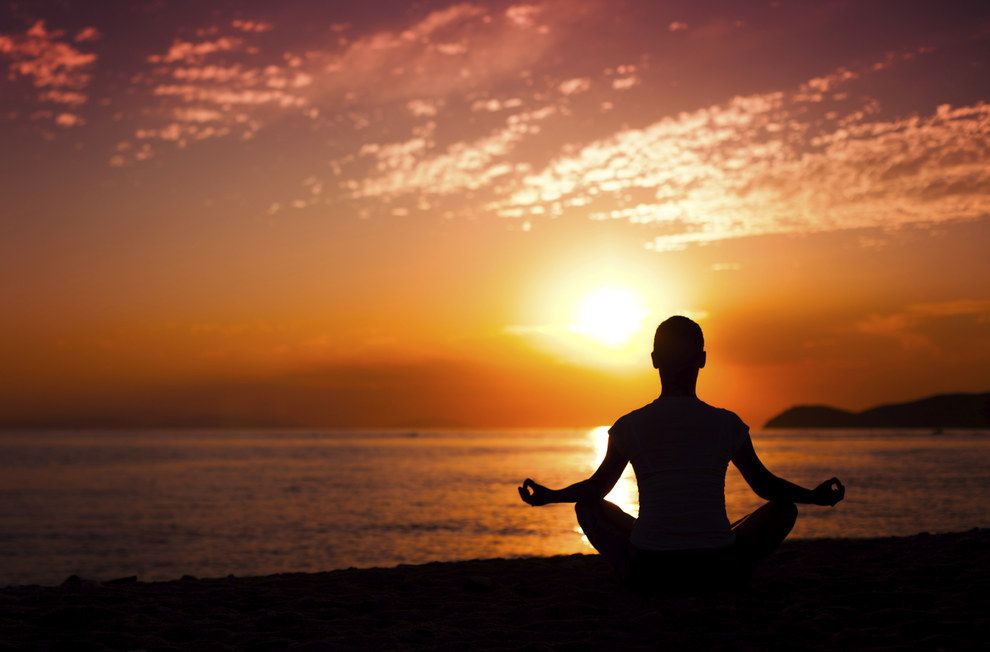 Alcohol Alert, 85. Retrieved January 2, 2021, from https://pubs.niaaa.nih.gov/publications/AA85/AA85.htm
Alcohol Alert, 85. Retrieved January 2, 2021, from https://pubs.niaaa.nih.gov/publications/AA85/AA85.htm -
13.
Haghayegh, S., Khoshnevis, S., Smolensky, M. H., Diller, K. R., & Castriotta, R. J. (2019). Before-bedtime passive body heating by warm shower or bath to improve sleep: A systematic review and meta-analysis. Sleep Medicine Reviews, 46, 124–135. https://www.sciencedirect.com/science/article/abs/pii/S1087079218301552?via%3Dihu
-
14.
Schwab, R. J. (2020, June). Merck Manuals Professional Edition: Approach to the Patient With a Sleep or Wakefulness Disorder. Retrieved January 2, 2021, from https://www.merckmanuals.com/professional/neurologic-disorders/sleep-and-wakefulness-disorders/approach-to-the-patient-with-a-sleep-or-wakefulness-disorder
-
15.
Garcia-Navarro, L. (Host). (2020, July 19). Your 'Doomscrolling' Breeds Anxiety. Here's How To Stop The Cycle [Radio broadcast episode]. https://www.npr.org/2020/07/19/892728595/your-doomscrolling-breeds-anxiety-here-s-how-to-stop-the-cycle
-
16.

Herring, M. P., Kline, C. E., & O'Connor, P. J. (2015). Effects of Exercise on Sleep Among Young Women With Generalized Anxiety Disorder. Mental health and physical activity, 9, 59–66. https://www.ncbi.nlm.nih.gov/pmc/articles/PMC4637973/
-
17.
Irish, L. A., Kline, C. E., Gunn, H. E., Buysse, D. J., & Hall, M. H. (2015). The role of sleep hygiene in promoting public health: A review of empirical evidence. Sleep medicine reviews, 22, 23–36. https://doi.org/10.1016/j.smrv.2014.10.001
See More
Sleepless Nights? Try Stress Relief Techniques
Sleepless Nights? Try Stress Relief Techniques | Johns Hopkins Medicine In a recent national survey, 44 percent of adults said stress had caused sleepless nights at least once in the previous month. All that tossing, turning and staring at the ceiling can leave you feeling tired and more stressed the next day.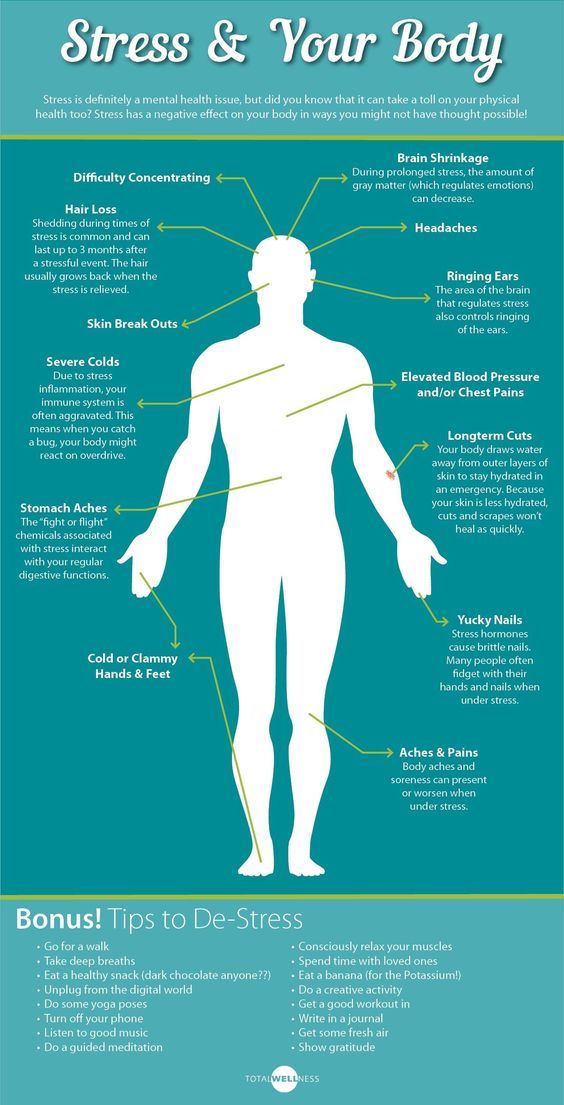 If you’re caught in this vicious cycle of anxiety and insomnia, there’s good news: Simple stress relief techniques can help you sleep better and feel calmer.
If you’re caught in this vicious cycle of anxiety and insomnia, there’s good news: Simple stress relief techniques can help you sleep better and feel calmer.
Understanding Anxiety and Insomnia
What’s behind the more stress, less sleep connection? “If you’re frequently triggering your stress response, your body never gets back to its baseline,” says Johns Hopkins sleep expert Luis F. Buenaver, Ph.D., C.B.S.M.
“Stress and sleepless nights are closely linked,” Buenaver says. “If you’re in pain, tend to worry, or are coping with a difficult situation in your life, you may have more stress hormones than usual circulating in your body. A poor night’s sleep adds even more. And those hormones may never be fully broken down. It’s like running an engine in fifth gear all the time.”
Try It Activate Your Body's Relaxation Response
“We recommend planned relaxation activities to reduce stress. Watching a ballgame or movie on TV just isn’t the same as taking the time to fully relax,” says Johns Hopkins sleep expert Luis F. Buenaver, Ph.D., C.B.S.M. Try this plan:
Watching a ballgame or movie on TV just isn’t the same as taking the time to fully relax,” says Johns Hopkins sleep expert Luis F. Buenaver, Ph.D., C.B.S.M. Try this plan:
1. Practice gentle breathing and progressive muscle relaxation every day (20 to 25 minutes) for two weeks. On a scale of 0 (“totally relaxed”) to 10 (“completely tense”), rate your level of emotional and physical stress before and after.
2. After two weeks, choose the exercise that works best for your anxiety and insomnia and keep it up every day. “With practice, your body and mind will learn to relax more quickly and deeply for fewer sleepless nights,” Buenaver says.
Stress Relief Techniques to the Rescue
“Activities that switch on the body’s natural relaxation response feel great,” Buenaver says. “And they have been proven by research to improve sleep. They help by reducing the release of the stress hormones cortisol and adrenaline and by slowing your heart rate and breathing.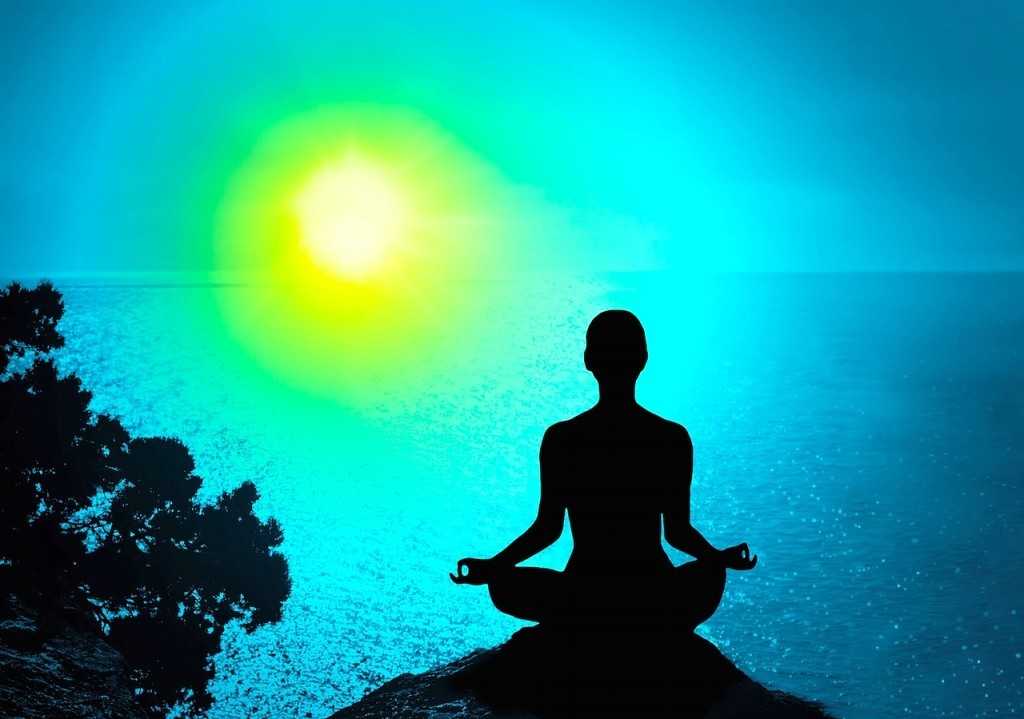 Your body and mind calm down.”
Your body and mind calm down.”
Yoga, tai chi and meditation are helpful stress relief techniques. So are these two simple exercises that Buenaver recommends to patients who are struggling with sleepless nights.
Gentle breathing:
- In a quiet place, sit or lie down in a comfortable position. It may help to close your eyes.
- Breathe slowly in and out for about five minutes. As you inhale, breathe down into your belly. Focus on your breath.
- If you’d like, repeat to yourself, “Breathing in I am calm, breathing out I am coping.”
Progressive muscle relaxation:
- In a quiet place, sit or lie down in a comfortable position.
- Take a few gentle breaths, in and out.
- Begin tensing groups of muscles one at a time as you breathe. Hold the tension as you inhale, then release it as you exhale. Take a few breaths as you notice (and enjoy) how relaxed each muscle group feels.
- Start with the muscles in your head, neck and face.
 Move down to your shoulders, hands and arms, back, stomach, buttocks, thighs, calves and feet.
Move down to your shoulders, hands and arms, back, stomach, buttocks, thighs, calves and feet. - Repeat for any areas that are still tense.
“As you go through this exercise, feel the presence and absence of tension so you can spot lingering tension and do something about it,” Buenaver says.
Sign Up for Our Free Newsletter
One of the best things you can do to protect and improve your health is to stay informed. Your Health is a FREE e-newsletter that serves as your smart, simple connection to the world-class expertise of Johns Hopkins.
Sign Up
Related
-
Sleep Better
Teens and Sleep: How Much Is Enough?
-
Sleep Better
Good Sleep May Be All in Your Head
-
Stay Healthy
Do Your Heart a Favor - Get More Sleep
Related Topics
Muscular tension.
 Muscle spasm | Rhinos Clinic
Muscle spasm | Rhinos Clinic In order for the human body to perform its work, its muscle tissue in a normal state must be even and elastic. Depending on his will, muscle tissue can be equally tense or equally relaxed. But we are constantly faced with a situation where areas (or even groups of muscle fibers and whole muscles) can appear in various places on the human body, in which tension, regardless of the desire of this person, is maintained and maintained. Such areas can be both large and very small, they can be perceived by consciousness as a spasm, tension, or they may not be noticed at all.
What is the harm from muscle tension and spasms?
- The first answer to this question lies on the surface: if a muscle is in spasm, it compresses blood vessels and nerve fibers. As a result, nutrition and energy-information exchange are disturbed both in the tissues of the muscle itself and in those internal organs to which nutrition and innervation are carried out by pinched vessels and nerves.
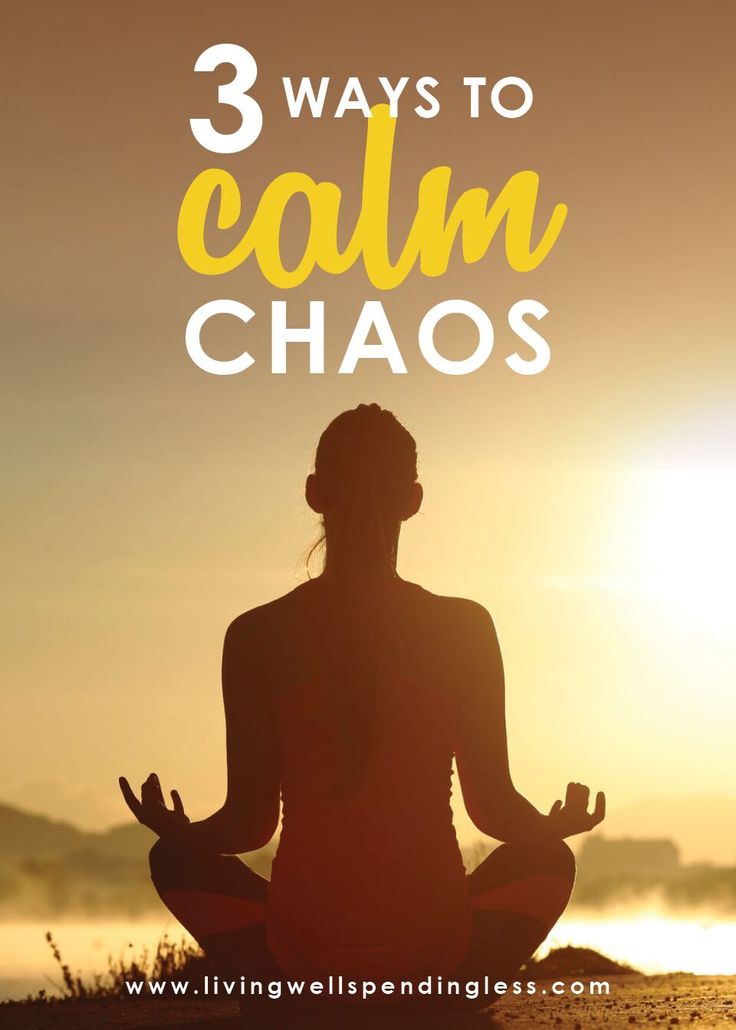 For example, the vagus nerve is pinched in the neck area, impulses do not pass through it to the pancreas, which causes a violation of the innervation of the organ with corresponding enzymatic disorders of the gastrointestinal tract.
For example, the vagus nerve is pinched in the neck area, impulses do not pass through it to the pancreas, which causes a violation of the innervation of the organ with corresponding enzymatic disorders of the gastrointestinal tract. - The second negative result: a spasmodic muscle is a contracted muscle, ATP is required to maintain it in a tense state - certain energy costs. That is, to maintain the muscle in a state of tension, the body's own energy is spent, and the resulting tension not only does not benefit, but also harms the body (see paragraph 1). Given that the areas in which muscle tension has arisen can be quite extensive, and the tension is maintained constantly (even during sleep), the body's energy consumption for irrational and harmful work can be quite significant.
There is a third negative consequence, which we will talk about a little later.
Symptoms
Usually, when examined by a doctor, trigger (pain) zones can be found in the muscle that straightens the back or lifts the scapula, in the trapezius muscle, as well as in some others.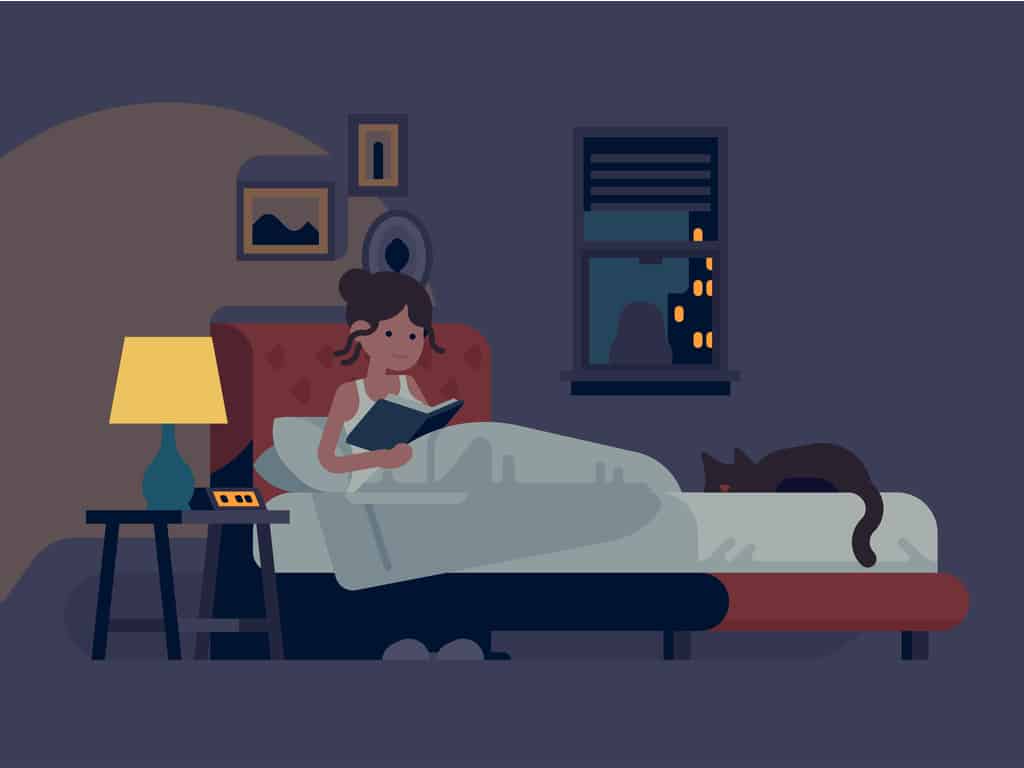 With muscle tension, the patient may feel:
With muscle tension, the patient may feel:
- aching, itching, pressing pain
- Increase or decrease in almost constant pain
- reflection of pain in the shoulder, eye, head
- impossibility to make full range of arm movements or head turns.
Causes of occurrence
The main causes of muscle spasms are:
Why do muscle tension and spasm occur?
Muscle spasms are painful convulsive muscle contractions that occur involuntarily during or immediately after exercise.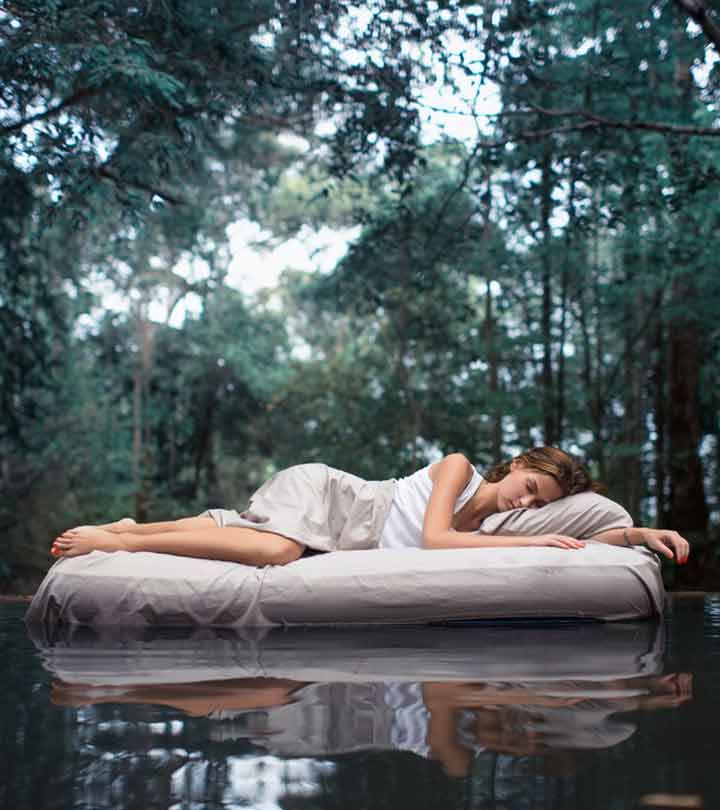
The cause of spasms depends on various causes and is not yet fully understood. However, there are some general causes that determine the nature of the origin of muscle tension.
Electrolytes
Hydration plays a key role in the likelihood of muscle cramps. In the gym, you can see people consuming vitamin drinks while exercising. They do it for a reason.
Vitamin drinks contain an optimally balanced concentration of sodium, potassium and calcium. These trace elements have a beneficial effect on the functioning of muscles and nerves. If the balance of these electrolytes is disturbed (which is possible when a person sweats a lot), problems can arise.
The same can happen if you start drinking a lot of water while exercising. Many people do a set and immediately drink water, do the next set and drink again. At the same time, they are sure that in this way they help their body.
Everyone knows that the human body is three-quarters water.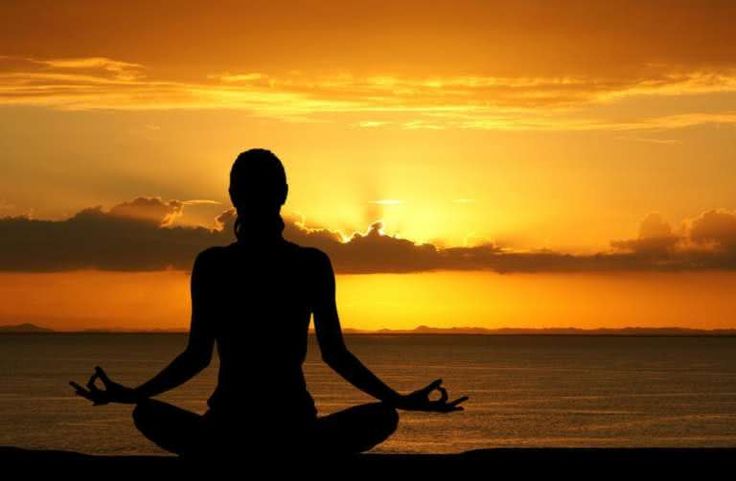 During intense exercise, sodium is released along with sweat, which does not replace anything. When a person drinks water, he replaces one released liquid with another, which is not similar - it lacks a key mineral component. This may be the reason that the functioning of the muscles deteriorates.
During intense exercise, sodium is released along with sweat, which does not replace anything. When a person drinks water, he replaces one released liquid with another, which is not similar - it lacks a key mineral component. This may be the reason that the functioning of the muscles deteriorates.
In addition, when exercising in a very hot room, this process becomes more complicated: not only does the person sweat more, but the heat also negatively affects the muscles. The result is weakness and fatigue.
Calcium level
Another reason for the appearance of blocks is a low level of calcium in the body. If the calcium concentration decreases, the amount of intracellular fluid that surrounds the muscles and nerves decreases. As a result, the nerve endings are exposed to excessive irritation, and this, in turn, leads to the appearance of spasms.
Muscle fatigue
Muscle tension is followed by a period of relaxation that lasts longer than the contraction itself. But this relaxation process relies on sensory feedback between the spinal cord and the muscles, which connects the tendons and neuromuscular spindles.
But this relaxation process relies on sensory feedback between the spinal cord and the muscles, which connects the tendons and neuromuscular spindles.
When muscles are tired, they contract. This increases the load on the neuromuscular spindles and reduces the load on the tendons. If this happens at the same time, the process of proper contraction / relaxation of the muscles is disrupted, which leads to spasm.
A large amount of carbohydrates
If a person adheres to a low-carbohydrate diet, this may affect the state of the muscular system. Therefore, it must be remembered that such a diet can lead to muscle spasm and avoid overexertion.
Where do muscle spasms come from?
Consider the following example: in osteochondrosis, outgrowths of bone tissue (having sharp edges) are formed along the edges of the intervertebral discs, the so-called osteophytes. These growths, with awkward turns or sudden movements, can easily injure surrounding tissues and nerves.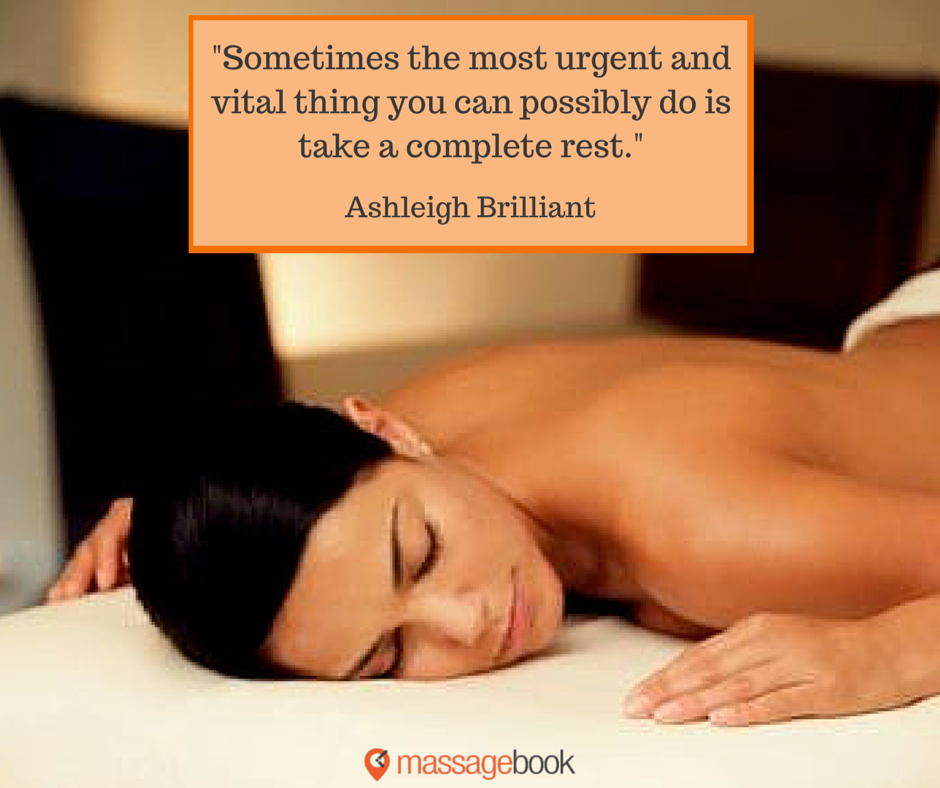 As a result of the occurrence of pain, to protect the injured area, the brain receives a command to tighten the surrounding muscles. The stronger the pain, the greater the muscle tension. However, the stronger the muscle tension, the more painful. There is a trigger syndrome.
As a result of the occurrence of pain, to protect the injured area, the brain receives a command to tighten the surrounding muscles. The stronger the pain, the greater the muscle tension. However, the stronger the muscle tension, the more painful. There is a trigger syndrome.
Two conclusions follow from this:
- in order to put a displaced vertebra in place, it is necessary to first relax the surrounding muscles
- muscle spasm is a response to pain.
Another example: a fracture occurred, in response to pain, the surrounding muscles tightened. The bone subsequently grew together, but at the site of the fracture, muscle spasm remained for life. It compresses blood vessels and nerves, thereby limiting mobility.
Thus, the first reason for the formation of muscle spasms can be attributed to all kinds of injuries, in which, in response to pain, muscles tense up and a trigger syndrome develops. For this reason, the formation of spasms can occur from birth due to birth trauma.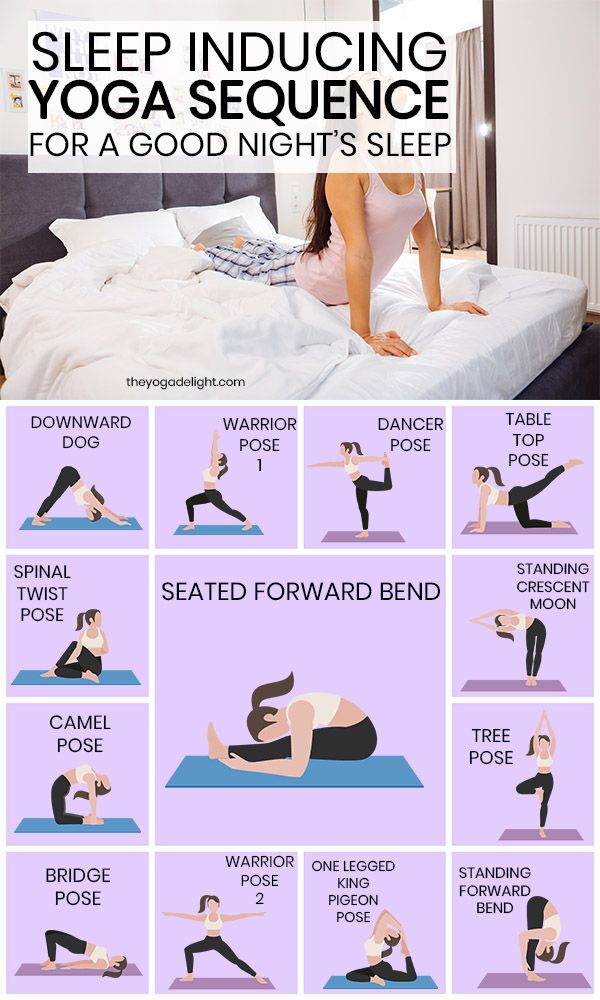 In general, childbirth is a very big stress for both the child's body and the mother's body. They can be very traumatic. Spasms of the cervical muscles (especially the suboccipital), disrupting the nutrition of the brain, in most people very often occur and persist for life precisely as a result of birth injuries.
In general, childbirth is a very big stress for both the child's body and the mother's body. They can be very traumatic. Spasms of the cervical muscles (especially the suboccipital), disrupting the nutrition of the brain, in most people very often occur and persist for life precisely as a result of birth injuries.
The second reason for the formation of muscle spasms is prolonged static muscle tension, which can occur when a student sits incorrectly at a desk, a person at a computer, and also when carrying a bag on the same shoulder (in this case, one shoulder becomes higher than the other). If such tension is maintained for a long time, the phenomenon of inhibition occurs, the stressed state for the cells becomes habitual. If a specially tense area is not relaxed and mobilized, tension will constantly remain in it.
The third cause of muscle spasms can be emotional stress. To overcome a stressful situation at the moment of its occurrence, the body mobilizes all internal resources: muscle tone increases, heart rate accelerates, certain hormones are released into the blood, digestion slows down.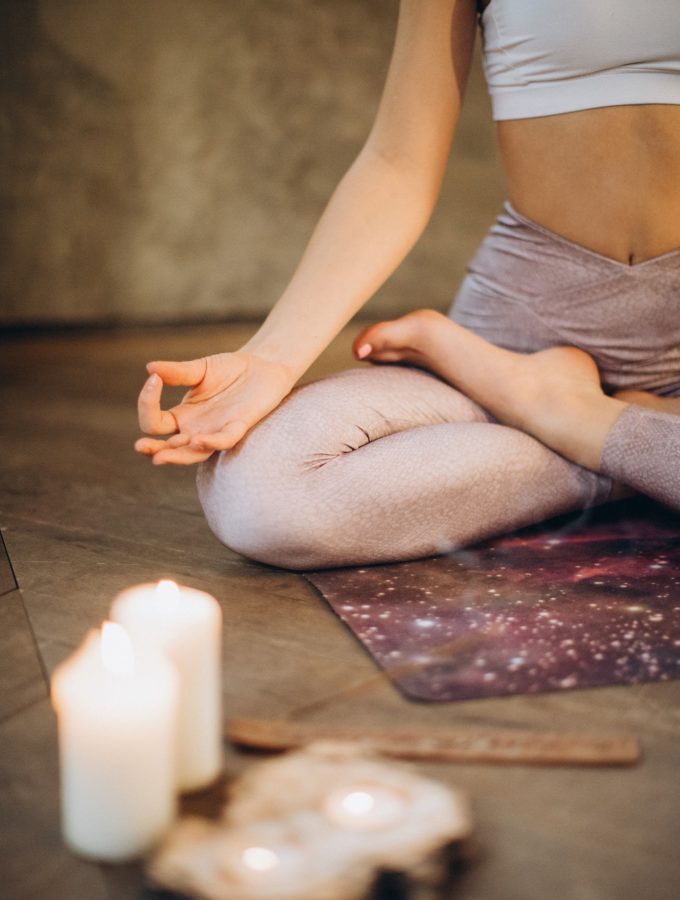 This reaction is required for the survival of the organism - providing an appropriate reaction under threatening conditions. After overcoming the threat, the body returns to normal functioning and relaxes. But under certain circumstances there is no return to normal. This leads to the fact that a person seems to be in a state of stress all the time, for him chronic muscle tensions, which are characteristic of a stressful situation, become chronic. At the same time, the presence of muscle tone during chronic stress is far from its only negative consequence. In addition, disorders of the cardiovascular and digestive systems develop (up to the occurrence of serious diseases), a person becomes irritable, and his working capacity decreases.
This reaction is required for the survival of the organism - providing an appropriate reaction under threatening conditions. After overcoming the threat, the body returns to normal functioning and relaxes. But under certain circumstances there is no return to normal. This leads to the fact that a person seems to be in a state of stress all the time, for him chronic muscle tensions, which are characteristic of a stressful situation, become chronic. At the same time, the presence of muscle tone during chronic stress is far from its only negative consequence. In addition, disorders of the cardiovascular and digestive systems develop (up to the occurrence of serious diseases), a person becomes irritable, and his working capacity decreases.
When should I see a doctor?
- If the muscles are stiff and there is pain during the first three days.
- If muscle spasms in the back or neck area are accompanied by numbness, tingling or weakness, seek immediate medical attention.
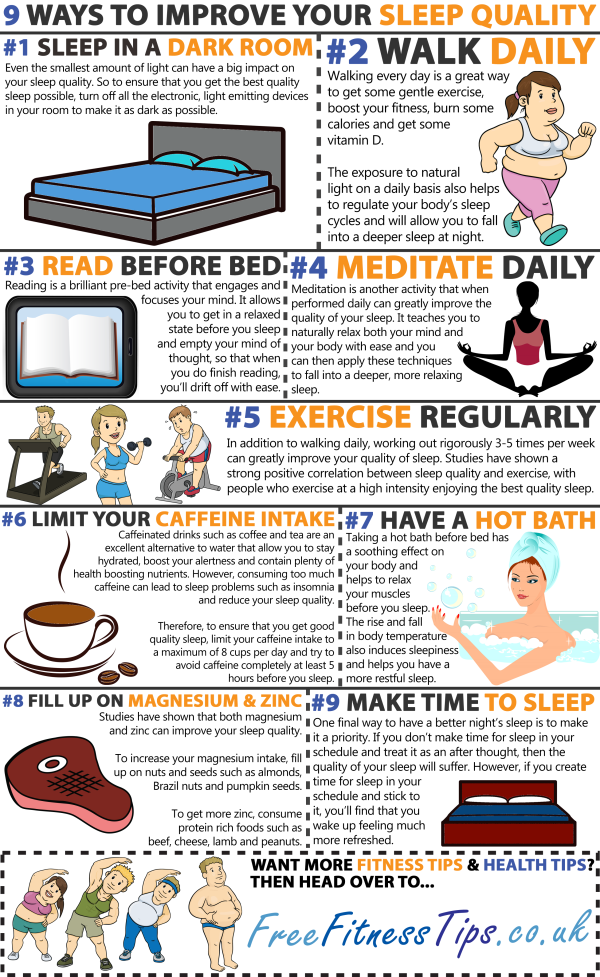
How to avoid relapses of blocks, muscle tension and spasms.
The best way to prevent re-spasm is to keep the muscles strong, flexible and adequately prepared. Before starting active physical exercises, do not forget about stretching, do exercises to strengthen the muscles. Avid athletes should definitely consult with a coach who will be able to correct those mechanisms of movements that are necessary for this sport.
Beware of voltage. How to properly relax the body? | Healthy life | Health
Tension in the body has a bad effect on a person's condition. It leads to muscle tone, and the clamps in this area worsen blood circulation, the nutrition of the body is disturbed, and the energy level decreases. At the same time, even those who understand that the body is already like a stone and something should be done about it do not know exactly how it can be easily and quickly relaxed. About what the constant presence of the body in a rigid muscle tone is fraught with and what methods will relieve this tension, AiF.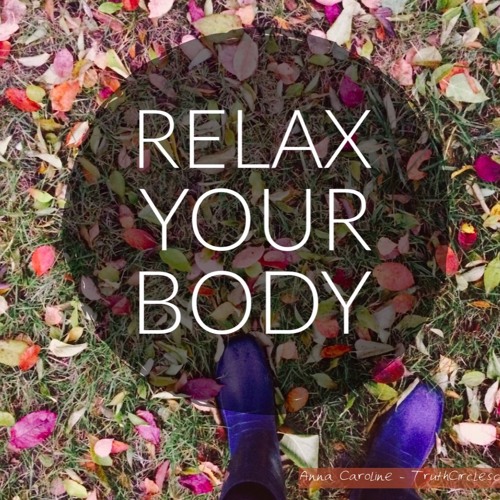 ru told osteopath Vladimir Zhivotov .
ru told osteopath Vladimir Zhivotov .
Muscle tension
First of all, we must remember that overstrain can be physical and emotional. And when we talk about the first, we can not ignore the second. As for physical overstrain, if the resources of the human body allow it to be compensated, everything is in order. This is normal: we are constantly stressed in one way or another.
But if it was strong and prolonged and exceeded the body's capabilities, it can lead to the formation of unwanted changes in the muscles, which requires the intervention of a specialist: an osteopath or a massage therapist. When changes accumulate and the body cannot cope with them, a person can be lethargic for a long time, feel a lack of energy, which affects his quality of life and productivity. In addition, pain may appear in different parts of the body.
Let's not forget about stress. When we do something - work, study - while experiencing strong feelings, we exacerbate the situation.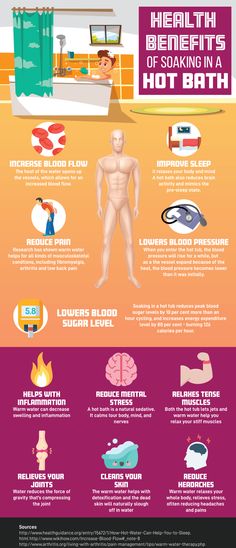 Physical activity, accompanied by emotional instability, stress, is dangerous for the body. Therefore, remember that creating a positive emotional background has a positive effect on our health. When the body secretes the right hormones for a good mood, this is an excellent prevention of physical overexertion.
Physical activity, accompanied by emotional instability, stress, is dangerous for the body. Therefore, remember that creating a positive emotional background has a positive effect on our health. When the body secretes the right hormones for a good mood, this is an excellent prevention of physical overexertion.
No matter how frightening it may sound, the fact remains that 95% of children get a birth injury. Consequences not eliminated in childhood create an additional risk zone, in particular, for overstrain, spasms, etc. And, if this happens often, it is necessary to contact a specialist and eliminate the consequences of injuries.
What is fraught with
Few people think about the consequences of muscle clamps. However, they can be quite serious. So, first of all, the tension in the body, which is constantly present, becomes the cause of headaches. Spasms compress blood vessels and nerve endings, blood supply to organs is disrupted and the functioning of the nervous system worsens. The most common spasms of the muscles of the neck and shoulders: this is typical for sedentary types of work. Against the background of such a violation, headaches, migraines develop, and even vision deteriorates.
The most common spasms of the muscles of the neck and shoulders: this is typical for sedentary types of work. Against the background of such a violation, headaches, migraines develop, and even vision deteriorates.
Naturally, due to the constant tone in the muscles, problems with posture develop, because spasms in the muscles often even change the geometry of the skeleton.
Another consequence of constant tension in the body is a malfunction of the internal organs. After all, problems develop with lymph flow, blood circulation, breathing goes wrong (it becomes shortened), the digestive system is disrupted, etc.
And, of course, stiff, tense muscles cannot stretch well. Accordingly, a person becomes inflexible, it is more difficult for him to perform some simple manipulations, etc.
To avoid the development of such complications or to reduce the potential danger in the event of their development, it is worth contacting a specialist. Usually, exercise therapy, certain sedatives and massages are offered to relieve tension.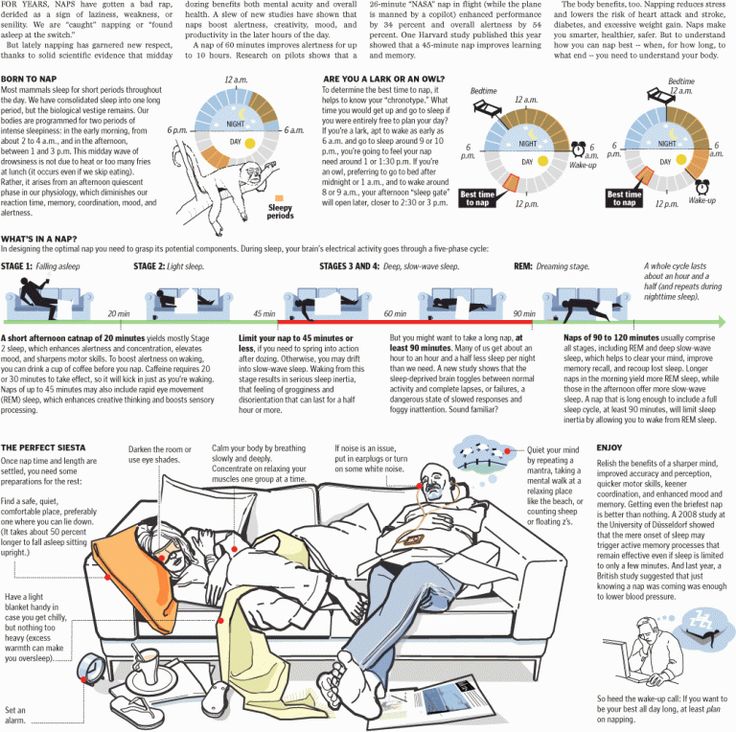 But, if it is not possible to consult a doctor "here and now", you can help the body on your own. To do this, I recommend several ways, and better - all at once.
But, if it is not possible to consult a doctor "here and now", you can help the body on your own. To do this, I recommend several ways, and better - all at once.
Correct methods
You must know how to relax! Of course, sleep is the solution to many issues, but not all! Spasm, overvoltage just won't go away. Therefore, you will have to make some efforts, perform certain actions to help the body relax properly.
1. Heat
Yes, it works. Moreover, it is necessary to warm the body completely, and especially - that part of the body that is overstressed, hurts, where there is a spasm. The easiest option is a hot bath. Only it must be taken correctly:
- The water must be hot;
- After leaving the bath, you need to dry the body, put on dry clothes and continue the procedure under the covers;
- Do not get caught in a draft, do not immediately go outside;
- Drink hot drinks such as tea.
Taking a bath once will not give the expected result, so repeat the warm-up for several days.
2. Bath or sauna
One of the best options for "warm" procedures. But without continuation in the form of cold douches and an ice font. Remember that cold is a spasm. Therefore, any hypothermia of the body during this period must be avoided.
3. Walking
Walking for a long time is a moderate and healthy exercise that is indicated for everyone, especially people whose body is overstressed and in spasm.
4. Light exercise, stretching
Forget heavy exercise for a while. But the lungs must be done constantly and often: it is not only safe, it is useful.
5. Self-massage, light massage
6. Dry heat
Remembering grandmothers: woolen socks, a warm scarf, a down scarf, a woolen belt, heated bags of salt or cereal, etc. - this works great. at all times, helping to relieve stress.
7.